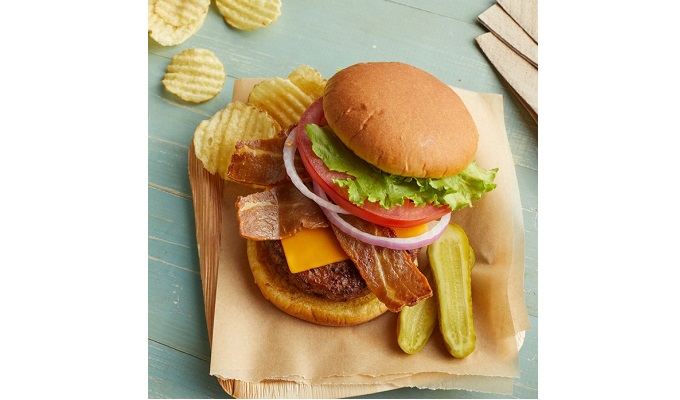Hot and cold packs are amazing innovations. Instead of making compresses, these primarily reusable packs serve as convenient, ready-to-use treatment for aching pain or soreness.
There are different types of hot-cold packs, depending on what they are made of and their designed function. Some are meant to be cold or hot only, while others can do both, making them super versatile.
Most have a colorful jelly-like appearance and leave people wondering if they are toxic. It is important to understand what’s inside them to know if they are useful for you.
What’s Inside? It Depends on the Type!
All hot and cold packs are produced by sealing temperature-sensitive materials inside a reusable pouch, but there are multiple techniques and formulas. Companies use different chemical combinations based on what thermal reaction they are trying to achieve.
Ice Packs
Ice packs used to be just water that would freeze and thaw with use. But with further research and innovation, more modern approaches combine various chemicals inside an ice pack designed to hold and retain the temperature a bit longer.
Usually, they contain a gel solution, which can have propylene glycol, that stops them from freezing so solid that they are no longer bendable. The flexibility of many ice packs is one the most critical factors, as it can rest better on areas of the body without feeling like ice.
Ice packs can also contain refrigerant chemicals with different reactions or generally stay cold, depending on the composition. Hydroxyethyl cellulose and vinyl-coated silica gel are some of the substances that help with the consistency and temperature retention of ice packs.
Heat Pads/Packs
There are different kinds of heat pads or packs: some can be self-heating, while others can be heated in the microwave or plugged into an electric source.
Self-heating heat packs can contain iron, sodium acetate, and water. There are also electric heat pads which consist of water in a bag with a heating coil or simply wires inside.
There are many different types of heating pads available, so do your research before purchasing for yourself.
Read Also: Nobu Opens at The Ritz-Carlton, Istanbul – Food & Beverage
Dual-Use Packs
Some packs can be both hot or cold. They contain materials that are generally neutral and can be frozen or heated at the user’s discretion. These may contain salt components for retaining the desired temperature, like ammonium nitrate or urea for cold temperatures and magnesium sulfate or calcium chloride for holding heat.
Hot and cold packs usually don’t hold onto temperature as long because they’re not specialized, but still, a great option if you are looking for an all-around compress that you can use both ways.
How are Hot-Cold Packs Used?
Hot-cold packs, when manufactured safely and properly, can be used in many different ways. Here are a few examples:
- Keeping Food Cold – If you’re packing a picnic lunch, serving an outdoor buffet, or shipping food in the mail, you’ll want ice packs in there to keep things fresh. Putting ice packs in a cooler can help you keep food cold and prevent bacteria from growing and spoiling your food.
- Easing Pain – Both warm and cold temperatures can help ease varying types of pain. Cold has been scientifically proven to reduce blood flow, which eases pain caused by inflammation and swelling. Heat, on the other hand, increases blood flow. It is recommended for treating muscle stiffness, soothing discomfort, and helping damaged tissues heal.
- Helping Athletes Stay in Top Condition – Many athletes use heat and cold to help them stay in good condition. Some even take ice baths after working out, which have been recommended for better recovery. It can relax muscles, ease swelling, and soothe injuries associated with extraordinary athletic feats. There are also muscle tension and injuries related to athletic activities, like spasms and cramps, that can be treated using a hot compress or heat therapy.
Know Your Hot-Cold Packs Inside Out
Hot-cold packs are among many handy items that you can have at home. Knowing what’s inside can help you understand it better and use it the best way possible. Most packs contain non-toxic materials, but a few have substances that can be poisonous, like ammonium nitrate.
Try to choose hot-cold packs that contain safe components and are packaged the right way so that you can use them longer. Through this, you maximize your hot and cold pack’s effectiveness and get all the benefits it can offer.







